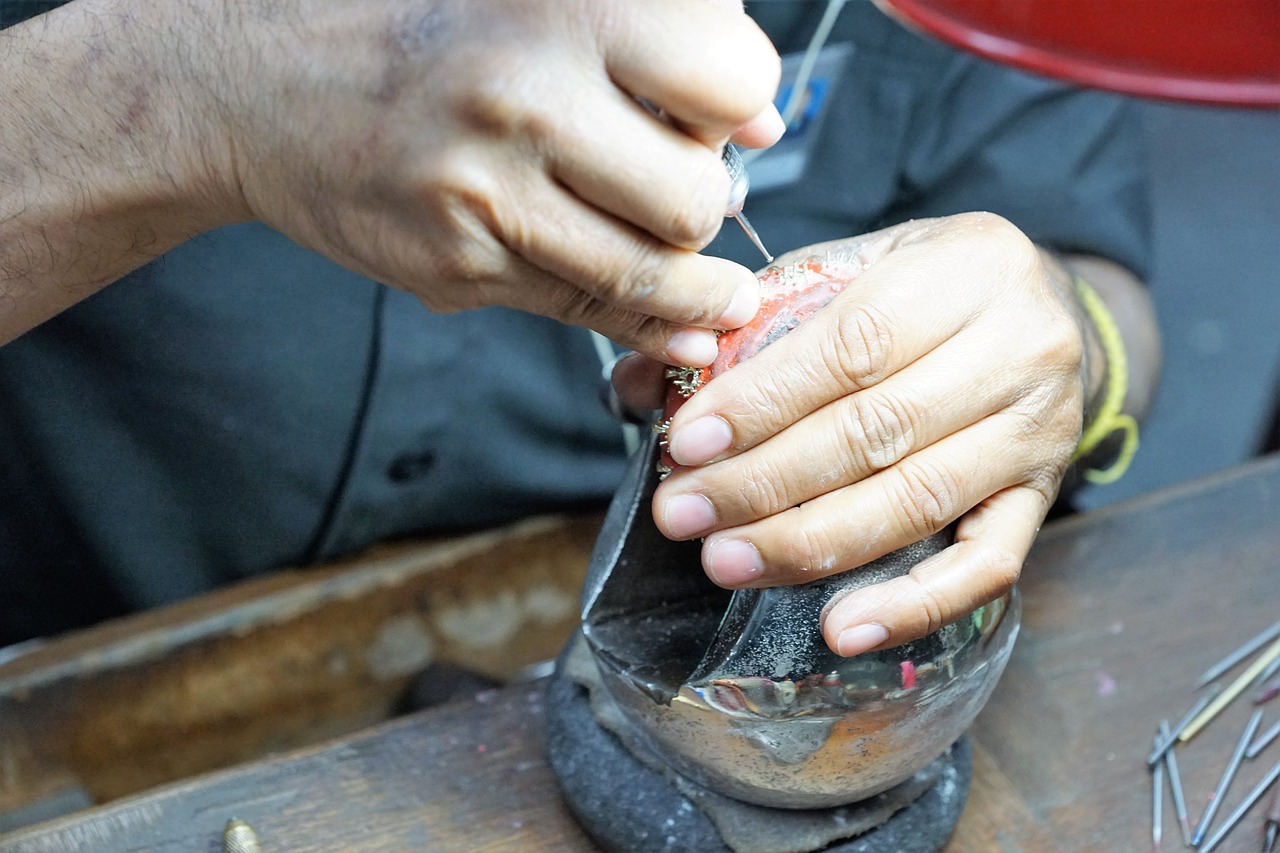
What is MTTR
Ciprian Chiripuci

When it comes to maintenance management, one of the most important metrics to keep in mind is MTTR or mean time to repair. MTTR is the average time it takes to repair a piece of equipment or facility after it has failed. In this article, we will discuss what MTTR is, why it is important and how it can be used to improve maintenance management.
What is MTTR?
MTTR stands for mean time to repair and it is a measure of how long it takes to repair a piece of equipment or facility after it has failed. MTTR is typically measured in hours and is calculated by dividing the total downtime by the number of failures. For example, if a piece of equipment fails and is down for 8 hours before it is repaired and there were a total of 10 failures, the MTTR would be 0.8 hours (or 48 minutes).
Why is MTTR important?
MTTR is an essential metric for maintenance management because it provides insight into how quickly maintenance teams are able to repair equipment or facilities after they have failed. A high MTTR can indicate that maintenance teams are not adequately prepared to handle equipment failures, which can result in significant downtime and lost productivity.
Conversely, a low MTTR can indicate that maintenance teams are well-prepared and can quickly address equipment failures, reducing downtime and improving productivity. Additionally, by tracking MTTR over time, maintenance managers can identify trends and make improvements to their maintenance processes to reduce downtime and improve MTTR.
How to Improve MTTR
Improving MTTR requires a combination of good planning, effective communication and efficient processes. Here are some tips for improving MTTR:
Plan for equipment failures
It's essential to have a plan in place for how to handle equipment failures before they occur. This includes having spare parts on hand, training maintenance teams on how to quickly diagnose and repair equipment failures and establishing clear communication channels between maintenance teams and other departments.
Use a computerized maintenance management system (CMMS)
A maintenance management system can help streamline maintenance processes, track equipment failures and assign tasks to maintenance teams. This can help ensure that equipment failures are quickly addressed and that MTTR is kept to a minimum.
Conduct regular maintenance
Regular maintenance can help prevent equipment failures from occurring in the first place. This includes regularly scheduled cleaning, lubrication and inspections of equipment, as well as replacing consumables such as filters and belts.
Establish clear communication channels
Effective communication between maintenance teams and other departments can help ensure that equipment failures are quickly addressed. This includes establishing clear reporting procedures for equipment failures, providing regular updates on the status of repairs and communicating any potential impact on production or customer service.
Measure and track MTTR
Measuring and tracking MTTR can help maintenance managers identify areas for improvement in their maintenance processes. By analyzing MTTR data, maintenance managers can identify trends and make adjustments to improve MTTR over time.
In conclusion, MTTR is an essential metric for maintenance management. By measuring and tracking MTTR, maintenance managers can identify areas for improvement in their maintenance processes and make adjustments to improve MTTR over time. Improving MTTR requires good planning, effective communication and efficient processes. By implementing these strategies, maintenance managers can reduce downtime, improve productivity and ensure that equipment failures are quickly addressed.
Related posts
Here are some resources to help you get more out of your assets


Ciprian Chiripuci
Truck Sealing in Delivery Logistics: Definition, Benefits and Best Practices

Ciprian Chiripuci
Mastering that Last Mile
READY TO TALK?